Members save 10% or more on over 100,000 hotels worldwide when you’re signed in
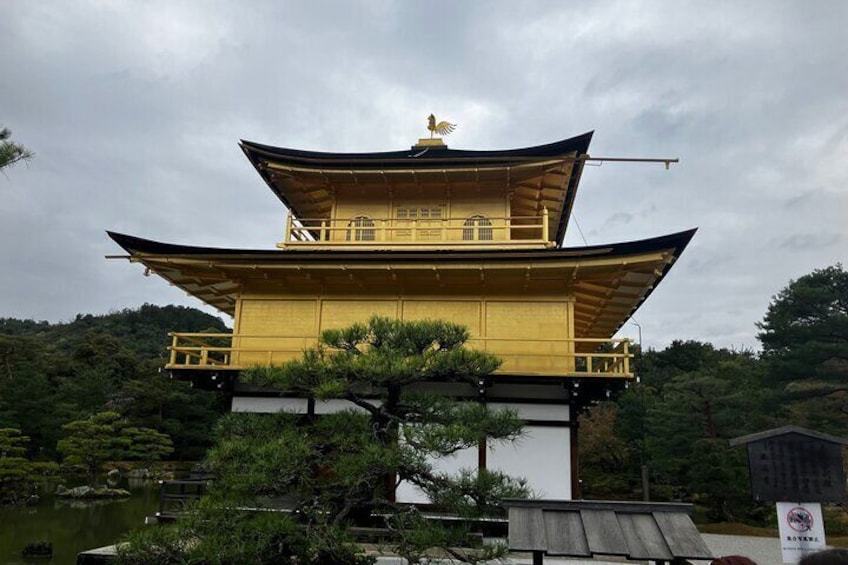
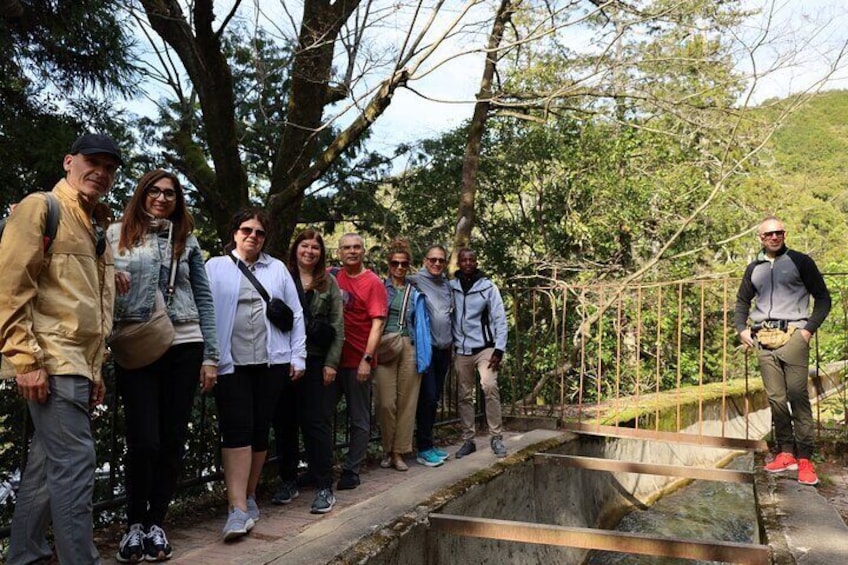
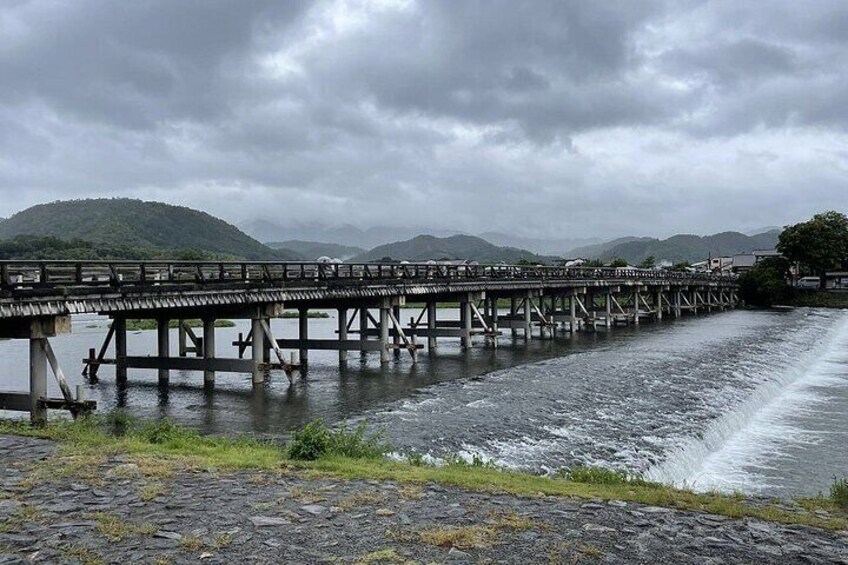
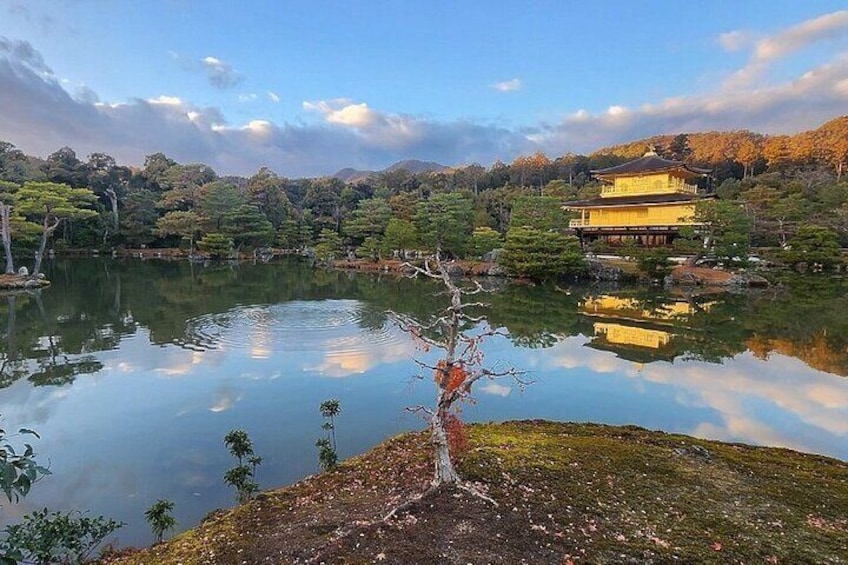
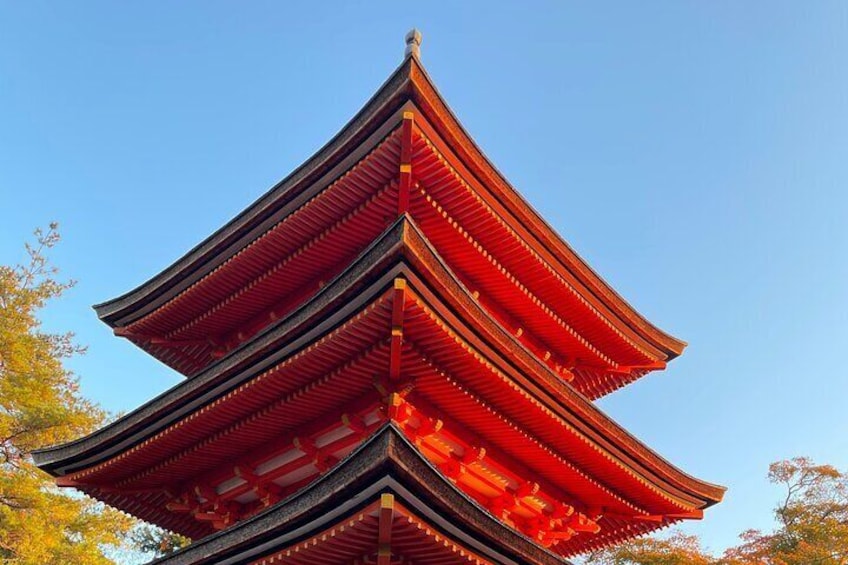
Kyoto, Osaka, Nara, Kobe Private Tours
Features
- Free cancellation available
- 4d
- Mobile voucher
- Instant confirmation
- Selective hotel pickup
- Multiple languages
Overview
Discover the captivating appeal of famous destinations in Kyoto, Osaka, Nara and Kobe with private tours tailored to your interests because you are at the liberty to follow the plan made in advance, or decide on the most interesting expeditions during the tour.
Famous places will be introduced to you, including the hidden gems that are far away in quiet countryside, such as Amanohashidate and Ine no funaya village in northern Kyoto; Mt. Rokko adventure in Kobe and more..
You can also explore amazing spots in different cities apart from the staying one. For instance, while living in Osaka you could visit Kyoto, Nara, or Kobe during the day, and later retire back to the bustling nightlife of Osaka.
We are also open to travel with you from one city to another, such as pick up in Kyoto, visits to Nara, and drop off in Osaka at the end of the trip.
NOTE: The displayed price is for a single day tour for either of the cities. Of course you can book a 4-day to cover all the cities.
Activity location
- Amanohashidate
- Monju, Amanohashidate Park
- 629-2244, Miyazu, Kyoto Prefecture, Japan
Meeting/Redemption Point
- Shin-Osaka Station
- Osaka, Osaka, Japan
Multiple meeting/redemption points available, see location information for full list
Check availability
Kyoto, Osaka, Nara, Kobe Private Tours in Multilingual
- 4d
- Opening hours: Sun 07:00-18:00
- English
Pickup included
What's included, what's not
- Private transport
- Pick-up and Drop-off to Hotel And Others Locations Where You Want
- Air-conditioned vehicle
- Bathroom on board
- Admission fees are not included
Know before you book
- Wheelchair accessible
- Infants and small children can ride in a pram or stroller
- Service animals allowed
- Public transport options are available nearby
- Infants are required to sit on an adult’s lap
- Specialised infant seats are available
- Transport options are wheelchair accessible
- All areas and surfaces are wheelchair accessible
- Suitable for all physical fitness levels
- In accordance with EU regulations about consumer rights, activities services are not subject to the right of withdrawal. Supplier cancellation policy will apply.
Activity itinerary
Day 1: Kyoto itinerary
- 12 stops
- Meals: Not included
- Accommodation: Not included
Amanohashidate
- 2h
- Admission ticket not included
Ine no Funaya
- 1h
- Admission ticket not included
Arashiyama
- 2h
- Admission ticket not included
Kinkakuji Temple
- 30m
- Admission ticket not included
Nijo Castle
- 1h
- Admission ticket included
Kyoto Imperial Palace
- 1h
- Admission ticket not included
Nishiki Market Shopping District
- 45m
- Admission ticket not included
Ginkakuji Temple
- 45m
- Admission ticket not included
Nanzen-ji Temple
- 1h
- Admission ticket not included
Gion
- 2h
- Admission ticket not included
Sanjusangendo Temple
- 1h
- Admission ticket not included
Fushimi Inari-taisha Shrine
- 1m
- Admission ticket not included
Day 2: Osaka
- 10 stops
- Meals: Not included
- Accommodation: Not included
Osaka Castle
- 1h
- Admission ticket not included
Dotombori
- 1h
Cup Noodle Museum Osaka Ikeda
- 1h
- Admission ticket not included
Minoo Park
- 2h
Shinsekai
- 1h
- Admission ticket not included
Sennichimae Doguyasuji Shopping Street
- 30m
Kuromon Market
- 45m
Hozenji Yokocho
- 45m
Dotombori District
- 45m
Shinsaibashi-suji Shopping Street
- 1h
Day 3: Nara
- 8 stops
- Meals: Not included
- Accommodation: Not included
Nara Park
- 1h
Todai-ji Temple
- 1h
- Admission ticket not included
Higashimuki Shopping Street
- 30m
- Admission ticket not included
Kofuku-ji Temple
- 1h
- Admission ticket not included
Sanjodori Street
- 1h
- Admission ticket included
Isuien Garden
- 1h
- Admission ticket included
Kasuga Grand Shrine
- 1h
- Admission ticket not included
Naramachi
- 30m
- Admission ticket included
Day 4: Kobe
- 1 stop
- Meals: Not included
- Accommodation: Not included
Kobe Nunobiki Herb Gardens
- 1h
- Admission ticket not included
Location
Activity location
- Amanohashidate
- Monju, Amanohashidate Park
- 629-2244, Miyazu, Kyoto Prefecture, Japan
Meeting/Redemption Point
- Shin-Osaka Station
- Osaka, Osaka, Japan
- JR奈良駅
- 1 1
- 630-8122, Nara, Nara, Japan
- Shin-Kobe Station
- 1 3
- 650-0001, Kobe, Hyogo, Japan
- Kyoto Station
- Higashishiokoji Kamadonocho
- 600-8216, Kyoto, Kyoto, Japan